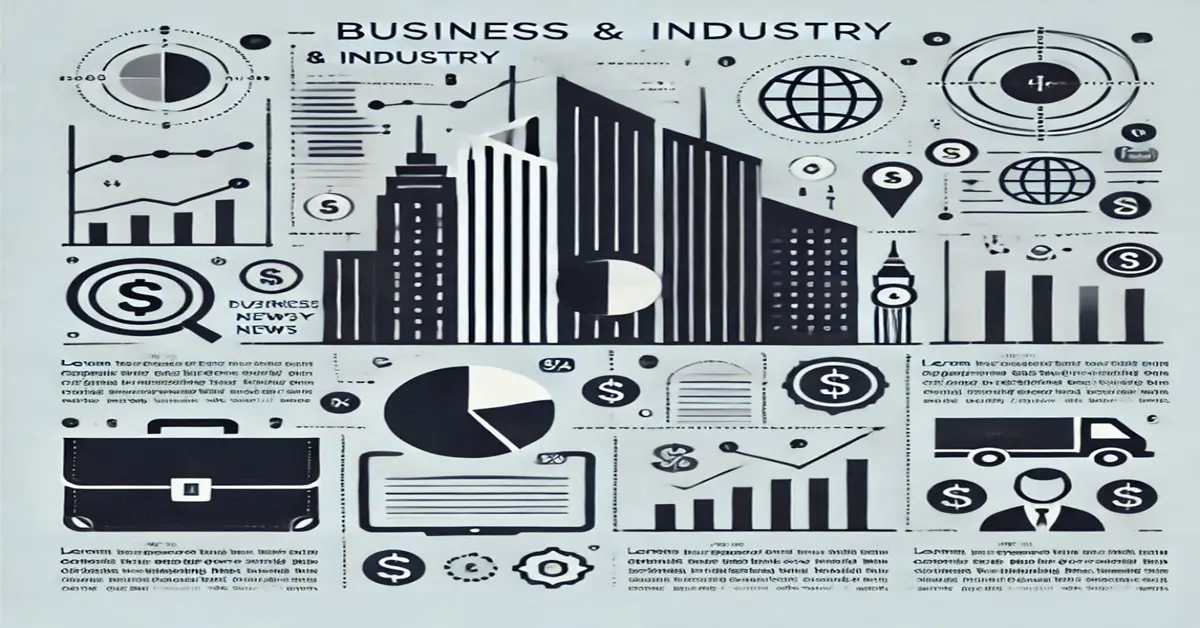India’s Economic Growth Outlook: A Positive Shift

India’s economy is showing signs of recovery as it heads into the second half of the fiscal year. According to the Reserve Bank of India’s (RBI) latest report, the economic landscape is expected to improve, driven by festive activities and increased rural demand. This article delves into the key factors influencing this optimistic outlook, the implications for policymakers, and the challenges posed by global economic dynamics.
Economic Recovery Driven by Festive Demand
The RBI’s state of the economy report highlights a significant rebound in economic activity following a slowdown in the second quarter of FY25. The report indicates that high-frequency indicators suggest that the economy has begun to recover, largely due to strong festive demand and a resurgence in rural activities. The agricultural sector is particularly buoyed by healthy kharif crop production, higher reservoir levels, and improved rabi sowing conditions.
As the festive season approaches, consumer spending is expected to rise, further stimulating economic growth. The report emphasizes that industrial activity is also on track to normalize after experiencing lows in the previous quarter. This combination of factors is likely to create a more favorable environment for businesses and consumers alike, fostering a sense of optimism in the market.
Moreover, the report notes a projected moderation in food prices, including staples like rice, pulses, and vegetables. This decline in food prices could enhance consumer purchasing power, leading to increased spending across various sectors. As rural demand strengthens, it is anticipated that urban demand will also recover, contributing to a more balanced economic growth trajectory.
Policymakers’ Role in Supporting Growth
The RBI report underscores the critical role of policymakers in sustaining this economic momentum. It suggests that now is the time for the government to take decisive action to combat inflation and stimulate investment. With the winter season approaching, which typically sees a decrease in food prices, there is a unique opportunity to bolster private consumption and exports.
The report, co-authored by RBI Deputy Governor Michael Patra, emphasizes the importance of fiscal spending, particularly on capital expenditure. However, it also raises concerns about the slowdown in government capital expenditure, which could hinder overall economic growth. Policymakers are urged to prioritize investments in infrastructure and other critical areas to ensure that the recovery is robust and sustainable.
Furthermore, the report highlights the positive outlook for agriculture and rural consumption, driven by a successful kharif harvest. By implementing policies that support consumption and investment, the government can further enhance growth prospects and improve the overall economic landscape.
Global Economic Challenges and Their Impact
While India’s economic outlook appears promising, the RBI report does not shy away from addressing the challenges posed by global economic dynamics. It notes the “mercantilist rhetoric” from the incoming Donald Trump administration in the United States, which has led to a decline in the value of currencies against the dollar. This situation could create additional pressures on the Indian economy, particularly in terms of trade and investment.
The report also points to challenges faced by China, where long-term bond yields have fallen below Japanese yields. This phenomenon, referred to as “Japanification,” raises concerns about financial stability in the region. The authors warn that rising trade tensions could lead to broader economic repercussions, including engineered currency devaluations and disruptions in global supply chains.
For India, these external factors could complicate the recovery process. The report expresses concern about the potential slowdown in government capital expenditure, which may be exacerbated by a declining nominal GDP growth rate. Policymakers must navigate these challenges carefully to ensure that India’s economic recovery remains on track.
Future Projections and Consumer Trends
Looking ahead, the RBI report projects India’s GDP growth to recover to 6.8% in the third quarter and 6.5% in the fourth quarter of 2024-25. For the fiscal year 2025-26, growth is expected to stabilize at around 6.7%. Additionally, headline Consumer Price Index (CPI) inflation is projected to average 3.8% during this period.
Despite some moderation in consumption growth, several positive trends are emerging. Strong rural demand, recovering urban demand, and a growing preference for quick commerce platforms are all contributing to a more dynamic economic environment. These factors suggest that with the right policies in place, India can further boost consumption and drive economic growth.
Observer Voice is the one stop site for National, International news, Sports, Editor’s Choice, Art/culture contents, Quotes and much more. We also cover historical contents. Historical contents includes World History, Indian History, and what happened today. The website also covers Entertainment across the India and World.
Follow Us on Twitter, Instagram, Facebook, & LinkedIn

